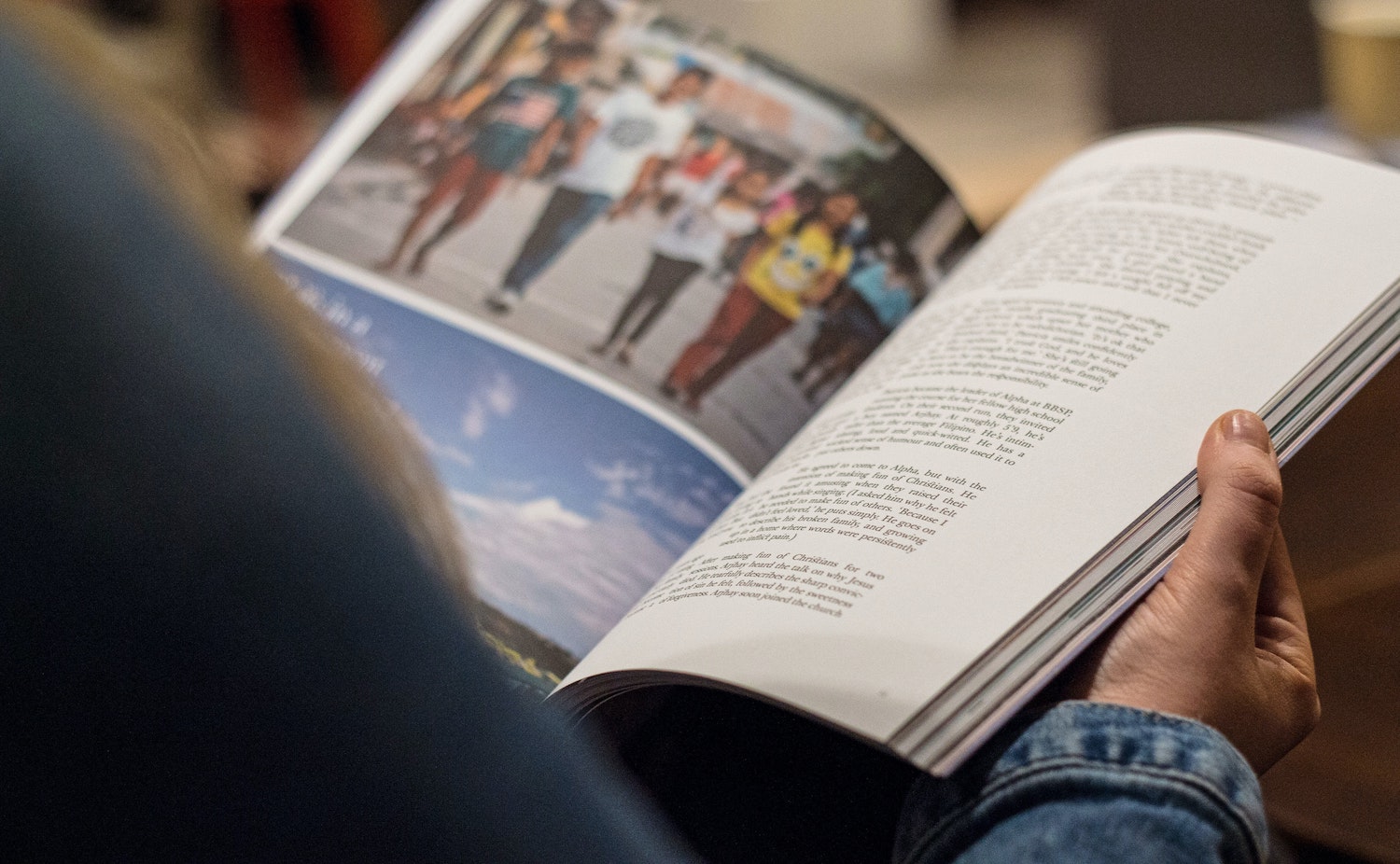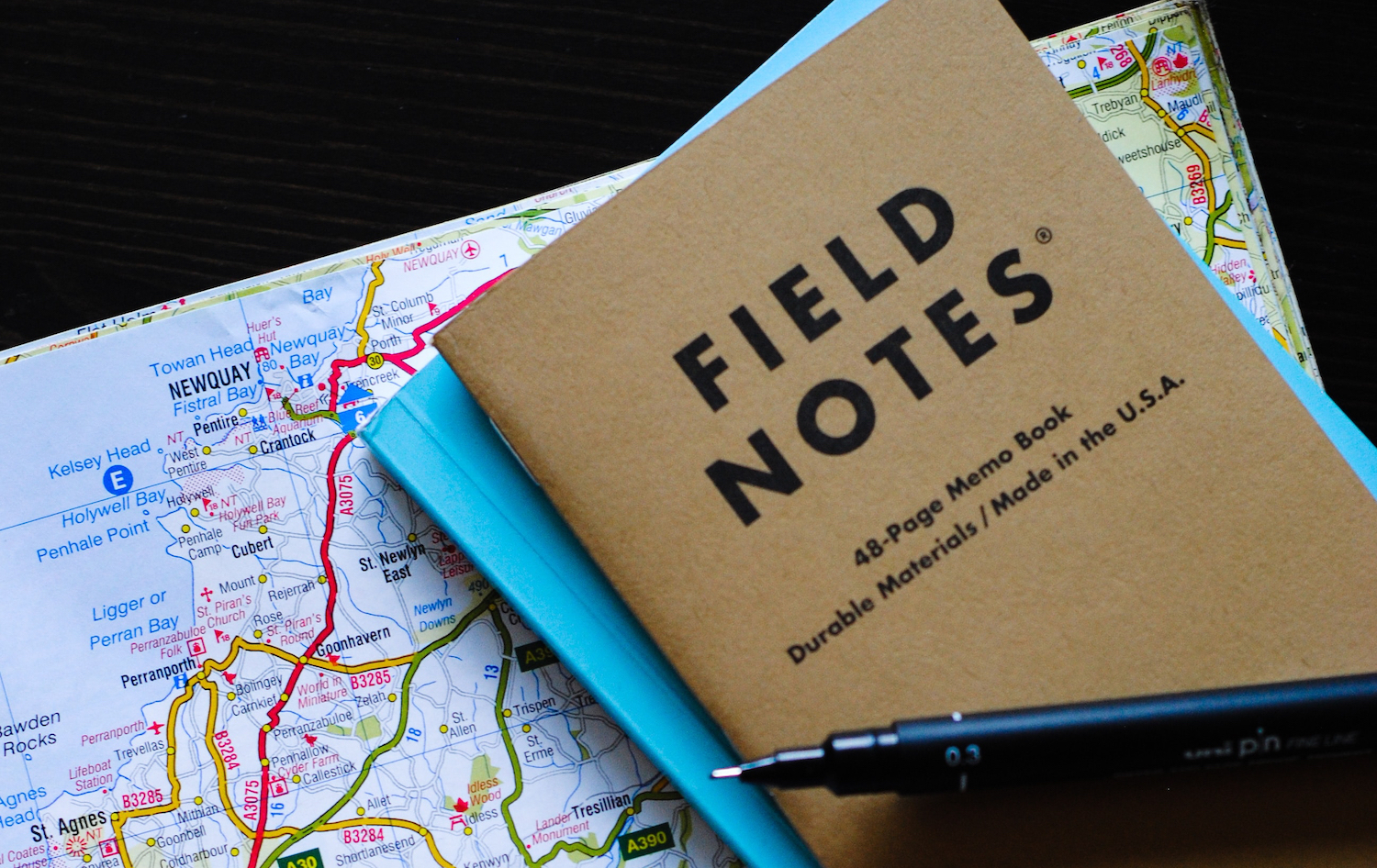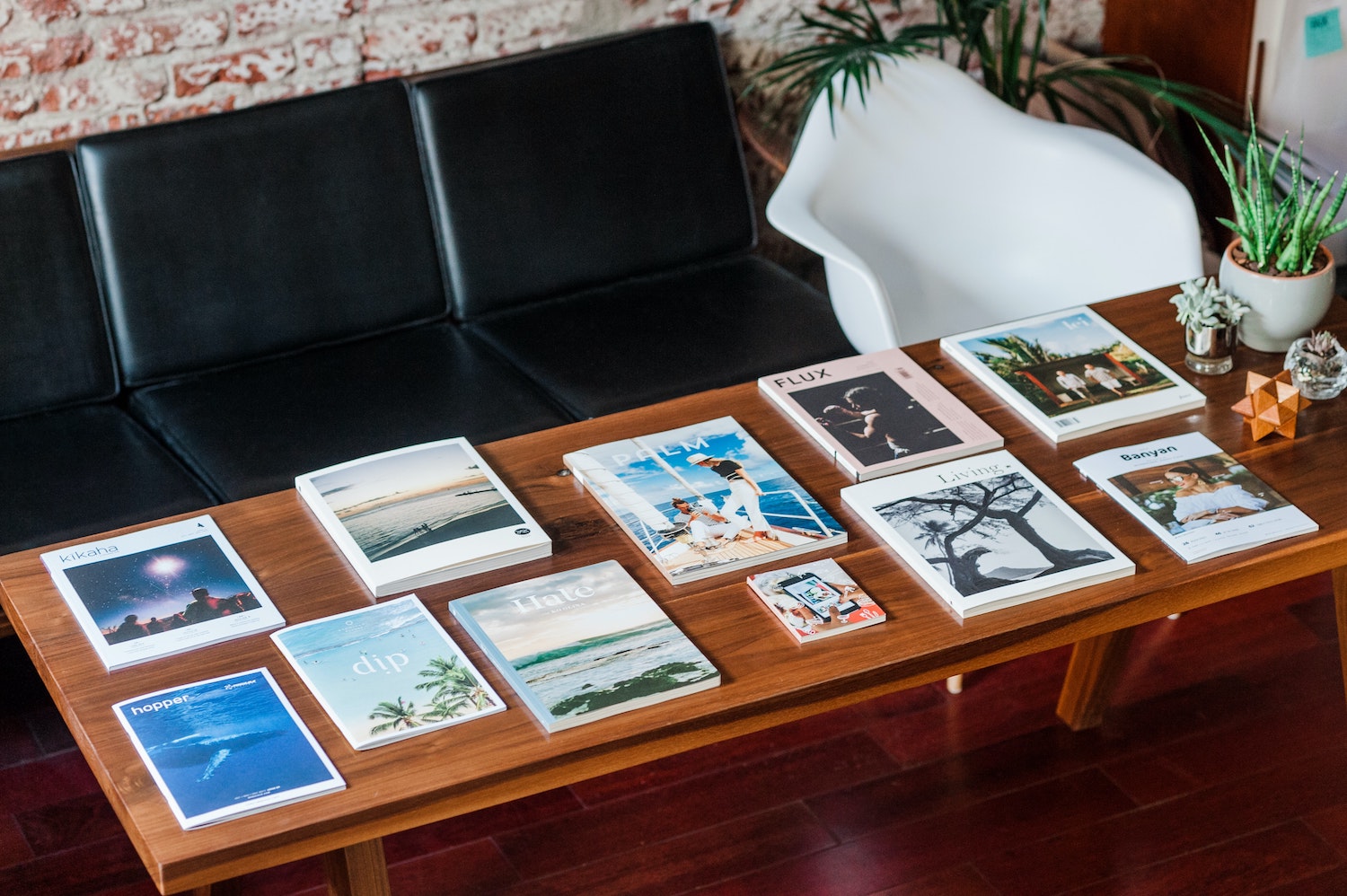236 minutes of video
236 minutes of audio
82 slides
74 pages of transcript
*****
Freelance Business Systems: Sell Smart
Of all of the different areas of business and business systems we discuss as part of this series, the topic that probably has the most written, researched, and optimized about it is sales. And yet it’s also the part that most writers more or less want nothing to do with (money, yes; selling, no), particularly the “icky”-sounding word “sales.”
As we enter the three-legged stool of sales, marketing, and public relations, we explore the differences between the three often co-located and conflated areas, so that you can make sure not to skimp on anything that will propel your business forward by accident.
We explore why and how salespeople in companies are compensated so that you can get a handle on how this is truly one of your most fundamental jobs within your business, and we break down what lies at the heart of sales (because it’s really, really not what you think) that makes great salespeople in all industries grow their companies.
We will cover:
– Today’s sales talk is going to be different than our usual sales discussions
– What a sales team really does
– The nitty gritty of creating your own pipeline (graphically and numerically)
– Simple, succinct things to focus your sales time on now
Freelance Business Systems: You Plus Market Equals Money
Particularly with the advent of social media (marketing) and blogging (content marketing), or, really, the internet in general, there is a lot of “work” you can do these days that may feel like you are marketing your business that doesn’t seem to get a lot of traction no matter how much you put into it.
In this webinar, we start by pulling back significantly from the tactically to really exploring what marketing means conceptually and how it should work to pull you away from the feeling of an endless “should-do” list for your marketing and get grounded in what you should really focus on, why, and how to adjust it over time.
We will cover:
– What is the big marketing picture?
– What you have forgotten is a key part of the marketing puzzle
– The core functions of marketing departments… and how that applies to you
– A simple marketing action plan to get started with
Freelance Business Systems: Promotion, Promotion, Promotion
As we tease out the difference between sales, marketing, and PR, it’s time to turn our gaze to the public relations side–not the PRs we interact with trying to get information for a story or a spot on a press trip, but the external relations we must pursue for our own freelance businesses.
I often speak with travel writers who are going to networking events or even conferences without knowing exactly why, in terms of what they hope to get out of it. Ditto with spending time on LinkedIn or Facebook groups. There may be a sense that some business development (new gigs) may come as a result, but the general underpinning of getting one’s name out there (promotion) is always at heart.
This installment in our freelance business systems will break down the core goals and strategies of public relations professionals so that you can make confident, grounded, informed decisions about what will really get your name in front of the right people and spend your time where it will make a difference.
We will cover:
– What is PR really?
– How does PR work for companies (because it’s really not that simple)
– The marketing-sales-PR split revisited
– Case studies on specific PR actions you can take to promote your writing
Bonus
Introduction to Business Systems for Freelance Travel Writers
In this call, the beginning of our new series on organizing your business like you’re actually running one, rather than the “figure it out as you go” approach so many freelancers use, we introduce two frameworks for conceptualizing yourself as a business owner and the various roles that you take on before we go into each “business department” individually in the series.
We will cover:
– What are we doing in this weird series?
– Two models to looking at the managing of one’s own business
– The departments we will explore and why










